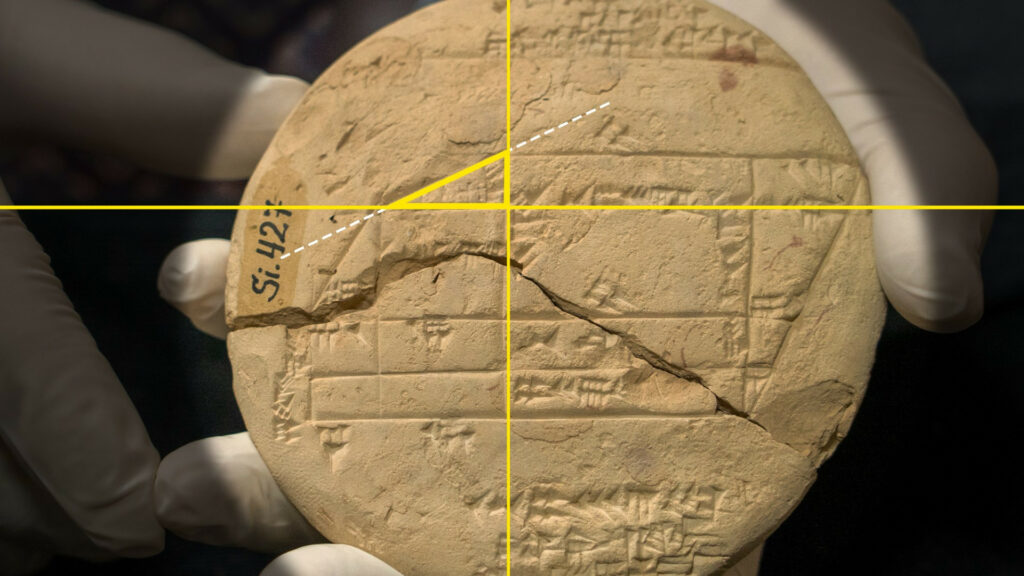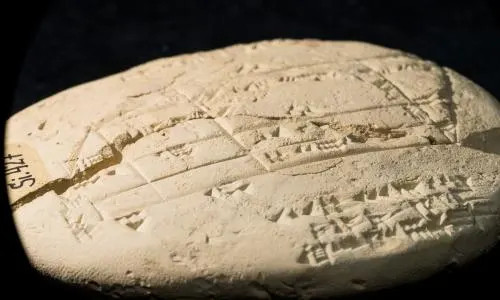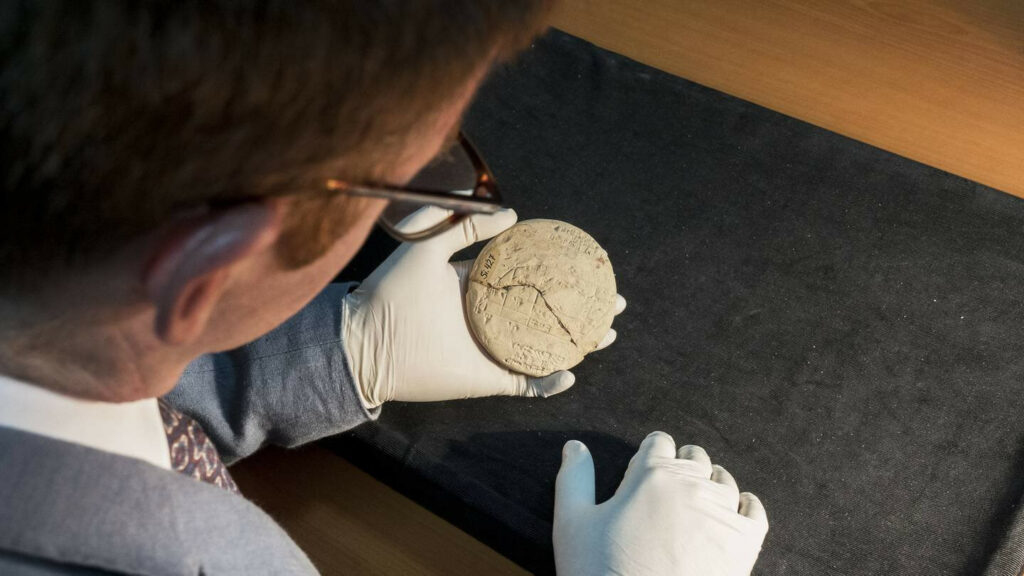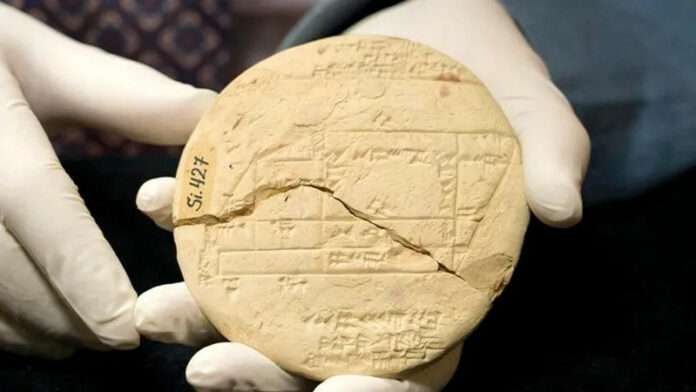3,700-Year-Old Clay Relic Rewrites Mathematical History
The Rediscovery of Si427: A Bronze Age Surveyor’s Tool

In a groundbreaking discovery, a 3,700-year-old Babylonian clay tablet has been identified as the oldest known example of applied geometry. This Bronze Age relic, known as Si427, was unearthed in late 19th century Iraq and remained hidden in an Istanbul museum for decades. Dr. Daniel Mansfield, a mathematician from the University of New South Wales in Australia, has now revealed its true purpose: a cadastral document used to define land boundaries in ancient Babylonia.
Pythagorean Triples: A Millennium Before Pythagoras

The tablet, dating back to the Old Babylonian period (1900-1600 BC), showcases the use of “Pythagorean triples” to create precise right angles for land surveying. This mathematical technique, traditionally attributed to the ancient Greek mathematician Pythagoras, was being used over a thousand years before his birth.
From Communal to Private: The Evolution of Land Ownership

Si427 provides a unique glimpse into a pivotal moment in human history when land ownership was transitioning from communal to private. The tablet details the legal and geometric aspects of a field being divided, reflecting the growing importance of establishing clear boundaries for positive neighborly relationships.
A Quest for Mathematical Origins

Dr. Mansfield’s journey to locate and analyze Si427 spanned years, involving extensive research and communication with Turkish authorities. His findings challenge conventional beliefs about the origins of trigonometry, suggesting that the Babylonians developed their own “proto-trigonometry” for practical land measurement rather than celestial observations.
Implications for Mathematical History
This discovery not only pushes back the timeline of applied geometry but also demonstrates the sophisticated mathematical understanding of ancient Babylonians. Their use of Pythagorean triples for practical problems represents a form of pure mathematics, inspired by the needs of their time.

The analysis of Si427 provides valuable insights into the early development of mathematics and land surveying, rewriting our understanding of mathematical history and the practical applications of geometry in ancient civilizations.

